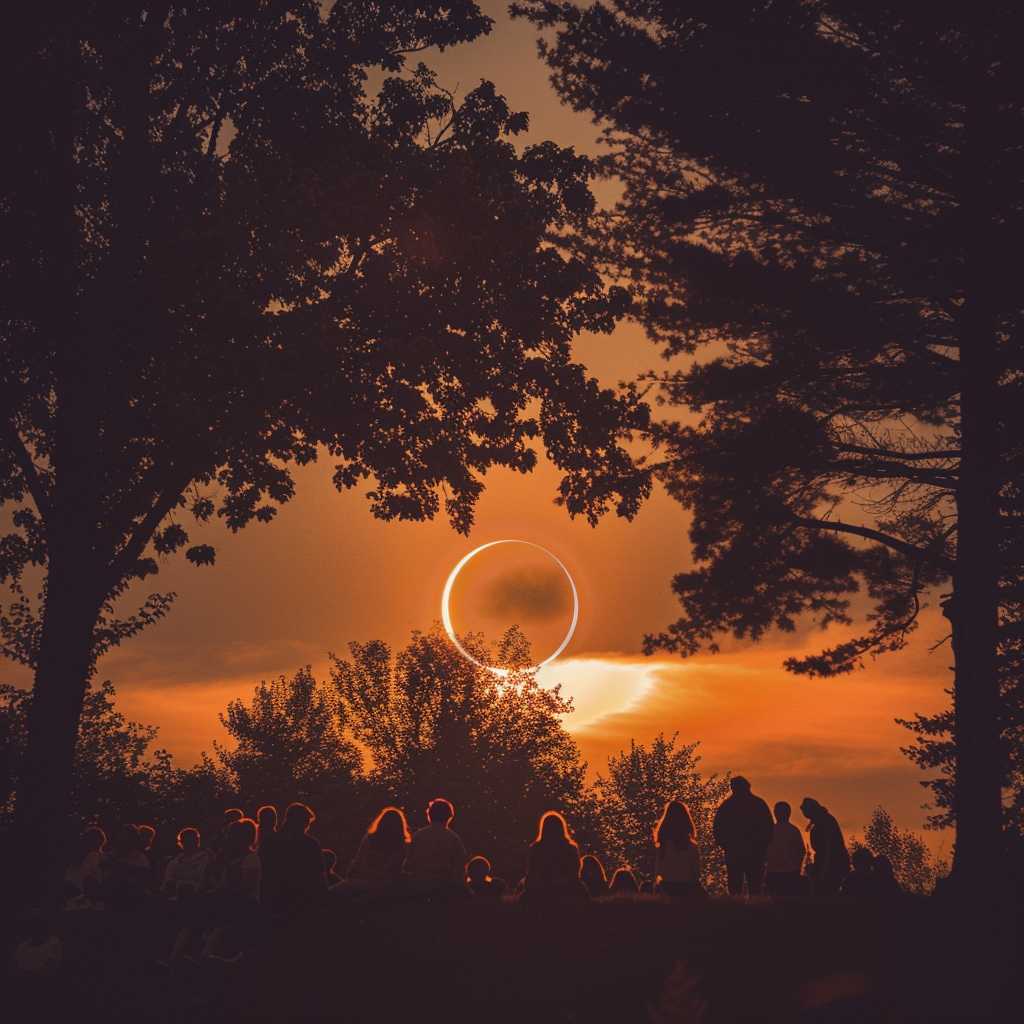The Anticipated Astonishment: The Total Solar Eclipse of 2024
On April 8, 2024, North America and parts of Central and South America will witness an extraordinary celestial event—a total solar eclipse. This astronomical spectacle is eagerly anticipated by science enthusiasts, professional astrophysicists, and the general public for its breathtaking beauty and the unique opportunities it presents for observation and study.
Understanding Eclipses: A Celestial Dance
Before delving into the specifics of the 2024 total solar eclipse, it is essential to understand what a solar eclipse is and how it occurs. A solar eclipse takes place when the Moon passes directly between the Earth and the Sun, obscuring the Sun’s light either partially or totally from view on Earth. The eclipse can only occur during a New Moon, when the Sun and Moon are in conjunction as seen from Earth.
There are three primary types of solar eclipses: partial, annular, and total. During a partial solar eclipse, the Moon only blocks a portion of the Sun. An annular eclipse happens when the Moon covers the Sun’s center, leaving a “ring of fire” around its edges due to the distance difference between Earth and Moon. A total solar eclipse, which is of particular interest in 2024, is a magnificent occurrence where the Moon completely covers the Sun for a short period, revealing the Sun’s otherwise hidden outer atmosphere—its corona.
Path of Totality: The Route Across Continents
The path of totality for an eclipse refers to the geographical ribbon-like track where observers can witness a total solar eclipse. During the April 2024 occurrence, this path will begin in the Pacific Ocean and travel northeast across Mexico into Texas. The path will continue across several U.S. states, including Oklahoma, Arkansas, Missouri, Illinois, Kentucky, Indiana, Ohio, New York, and Maine. Finally, it will traverse northern parts of New Brunswick and Newfoundland in Canada before heading off into the Atlantic Ocean.
Communities within this band of totality will experience complete darkness for up to 4 minutes and 28 seconds—although duration will vary depending on location. Observers stationed along this path are fortunate because they are situated just right to see the Moon cover the Sun entirely.
Preparations and Precautions: Gearing Up for Safe Viewing
With several years to prepare for this astronomical event, individuals and local governments within the path of totality are planning for a large influx of visitors, which often accompanies such rare events. Those planning to view the eclipse are advised to acquire proper viewing glasses with special-purpose solar filters to prevent serious eye damage. During a total solar eclipse’s brief period called totality when the Sun is completely covered by the Moon, it is safe to look at without protection. However, at all other times—even during a partial coverage—a shield for your eyes is imperative.
Educational campaigns are in motion to inform schools and community organizations about safe viewing practices. Museums and astronomy clubs often host events or public talks to build enthusiasm and distribute safety equipment.
Scientific Significance: A Golden Opportunity for Researchers
A total solar eclipse offers exceptional opportunities for scientists. The phenomenon allows astronomers to study the Sun’s outer atmosphere—the corona—which is only visible during totality due to the intense glare of the solar disc being blocked out.
During totality, temperatures drop rapidly and the sky goes dark—it becomes possible to observe stars and planets otherwise invisible during daylight hours. These conditions support various research projects on Earth’s atmosphere response to sudden cooling, animal behavioral responses to unexpected darkness during daytime hours, among other phenomena.
Cultural Impact: Mythology to Modern Day Enthusiasm
Throughout history, solar eclipses have held significant cultural importance—and have been interpreted in various ways by different cultures over time. Ancient civilizations often interpreted these events as supernatural happenings or omens from deities; however, modern understanding demystifies these occurrences while still maintaining a sense of awe at their occurrence.
Today inclines toward celebration with communities hosting festivals and gatherings in honor of such a rare celestial event. Individuals from all walks of life unite under the shared sky revealing our intrinsic connection with nature and our universe.
Notes
*Image Description*
A photograph capturing a moment from a total solar eclipse with prominences visible at edges; in foreground silhouetted trees against fading sunlight as spectators witness this stunning cosmic dance.
